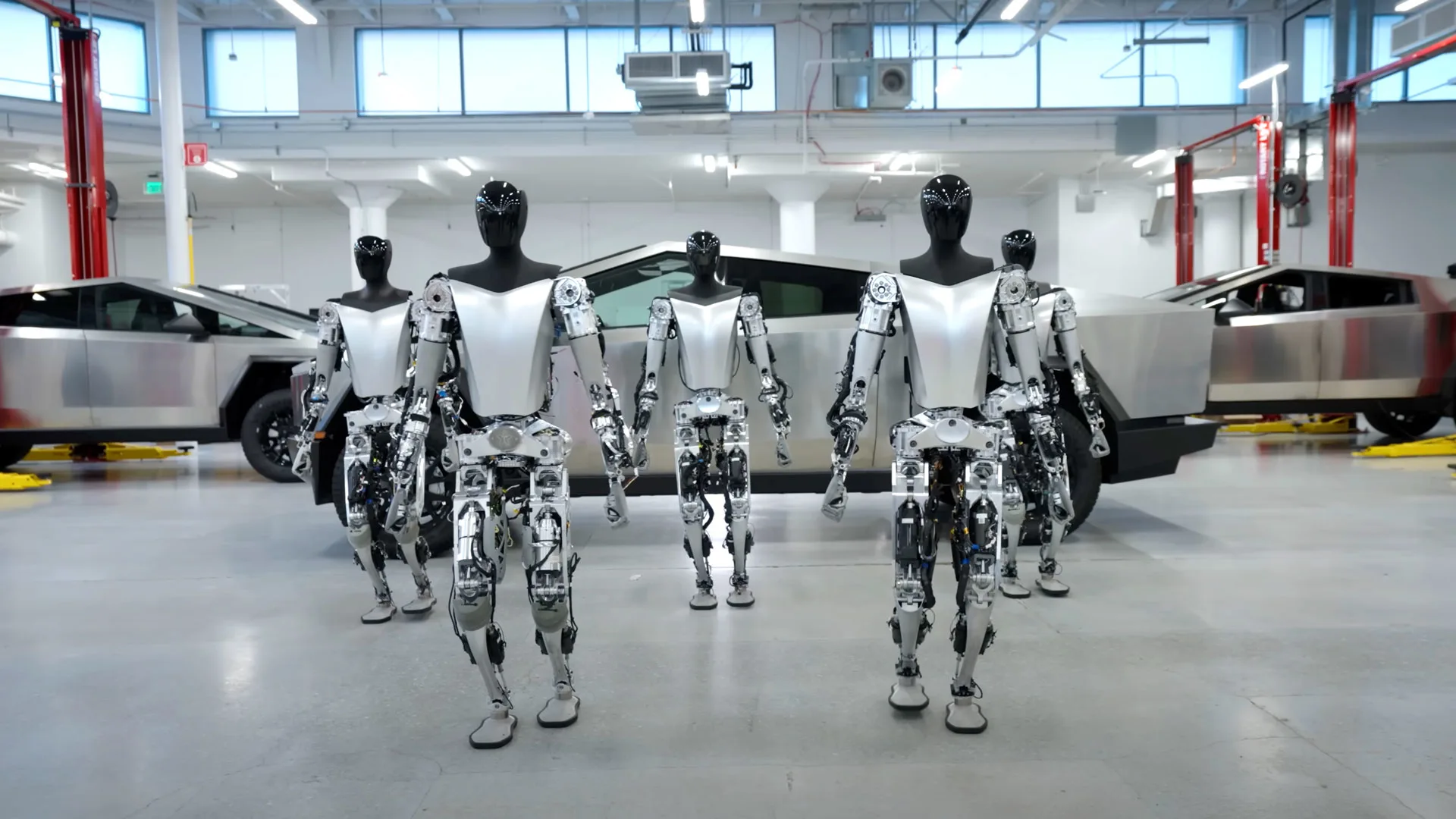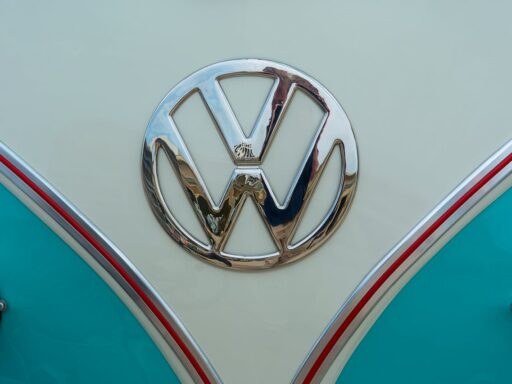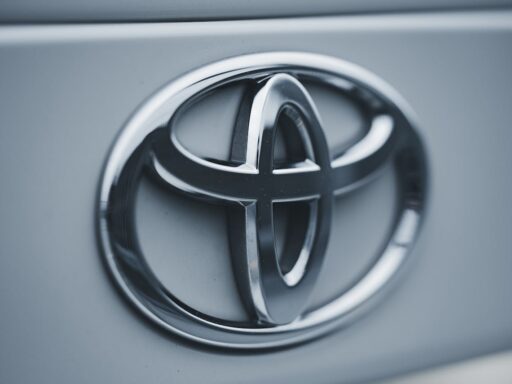Tesla has positioned itself as a pioneer in sustainability through its commitment to electric vehicles (EVs), renewable energy solutions, and closed-loop battery recycling. The company has long championed the shift away from fossil fuels, with a focus on decarbonizing transportation and energy storage. Tesla’s 2023 Impact Report underscores its mission to accelerate the world’s transition to sustainable energy, revealing that Tesla customers collectively avoided over 20 million metric tons of CO₂ emissions in 2023 through the use of EVs and solar energy solutions (Tesla 2023 Impact Report). Additionally, the company’s expanding energy ecosystem—comprising solar panels, Megapacks, and Powerwalls—plays a crucial role in reducing grid dependency and lowering carbon footprints.
Tesla also aligns its sustainability efforts with global frameworks like the Science-Based Targets initiative (SBTi) and Paris Agreement goals, aiming to achieve net-zero emissions in the long run. With increasing regulatory pressures and market demand for sustainability, Tesla continues to innovate and scale its impact.
Sustainability Strategy and Goals
Net Zero and Carbon Emissions
Tesla has a clear commitment to reducing carbon emissions by prioritizing battery electric vehicles (BEVs) and renewable energy products. According to their 2023 Impact Report, a Tesla vehicle is expected to avoid approximately 51 metric tons of CO₂e over its lifetime (17 years) compared to internal combustion engine (ICE) vehicles (Tesla 2023 Impact Report). This figure is expected to improve as global electricity grids integrate more renewable energy sources.
Additionally, Tesla’s Gigafactories are designed to be energy-efficient and powered by renewables. The Gigafactory Nevada, for example, aims to operate with a net-zero energy footprint by maximizing on-site solar energy generation. Tesla has also committed to transitioning its global operations to 100% renewable energy, aligning with industry best practices.
Circular Economy and Battery Recycling
Tesla leads the industry in battery circularity, minimizing waste while reclaiming valuable materials. Its closed-loop battery recycling system allows for over 92% of raw materials in used batteries to be recovered and reintegrated into new battery production (Tesla 2023 Battery Recycling Data). This reduces reliance on virgin materials such as lithium, nickel, and cobalt while enhancing long-term sustainability.
Tesla collaborates with Redwood Materials, a battery recycling company founded by Tesla’s former CTO, to further optimize material recovery processes. This circular approach not only extends battery lifespans but also significantly reduces environmental degradation associated with mining.
Water Stewardship and Manufacturing Efficiency
While Tesla is not a water-intensive company compared to traditional automakers, its Gigafactories have implemented water conservation measures, including closed-loop cooling systems that minimize consumption. The Fremont Factory has successfully reduced water intensity per vehicle produced, although Tesla acknowledges the need for further efficiency improvements as production scales.
Tesla’s push toward dry electrode technology in battery manufacturing (a process being pioneered at the Gigafactory in Texas) also reduces water usage significantly compared to conventional lithium-ion battery production.
AI-Driven Supply Chain Optimization
Tesla leverages artificial intelligence (AI) and machine learning to enhance efficiency and sustainability across its supply chain. The company utilizes predictive analytics to optimize logistics, reduce emissions, and ensure just-in-time production, minimizing excess inventory and waste.
One of the most notable innovations is Tesla’s vertically integrated supply chain, which significantly reduces transportation-related emissions. Unlike competitors who rely on third-party suppliers spread across multiple continents, Tesla manufactures core components in-house, streamlining operations and reducing environmental impact.
Key Sustainability Innovations and Technologies
Tesla has introduced several innovations that enhance sustainability within its products, operations, and energy systems. These technologies are driving the company’s leadership in environmental sustainability, particularly in reducing energy consumption, improving battery efficiency, and scaling renewable energy solutions.
Major Innovations by 2025:
- Water-Based Electrode Innovation: Tesla’s introduction of a water-based electrode technology in battery production has been a game-changer for sustainability. This innovation significantly reduces water usage in manufacturing processes and cuts down on harmful chemicals, making battery production more environmentally friendly. By 2025, Tesla anticipates that 25% of its battery production will use this innovative technology, helping conserve water resources in areas with water scarcity.
- Battery Recycling Advancements: As part of Tesla’s circular economy model, it has ramped up efforts in battery recycling. By 2025, Tesla is set to recover 50% of its battery materials through advanced recycling systems. This reduces the environmental impact of extracting new raw materials and helps meet growing demand for critical battery components like lithium, cobalt, and nickel.
- Energy Storage Systems: Tesla’s energy storage products, such as Powerwall and Powerpack, continue to scale rapidly. By 2025, these systems will enable households and businesses to store renewable energy, reducing reliance on grid power. The company is expected to produce enough batteries to store 10 terawatt-hours of clean energy by the end of 2025.
- Sustainable Manufacturing Practices: Tesla is innovating in its production lines to make them more energy-efficient. For example, Giga Berlin and Giga Texas are designed with sustainable materials and energy-efficient technologies to minimize emissions from the manufacturing process. Tesla’s goal is to reduce emissions from manufacturing by 30% by 2025.
Measurable Impact and Data-Driven Insights
Tesla’s sustainability efforts have had a measurable impact on global emissions reductions, energy production, and resource management. The company has consistently tracked its progress through its annual sustainability reports, including the Tesla Sustainability Report 2023. Key performance metrics show impressive gains, but there’s still significant work to be done as Tesla works toward its 2025 goals.
Sustainability Metrics for 2025:
- Carbon Emissions Reduction: Tesla’s global EV fleet has saved over 20 million metric tons of CO₂ since 2020. By 2025, Tesla aims to save an additional 25 million metric tons of CO₂, primarily through increased EV adoption and energy storage deployment.
- Battery Recycling: Tesla’s efforts to recycle battery materials are paying off. As of 2025, Tesla will be recycling up to 50% of its batteries, reducing dependence on newly mined materials and cutting down on environmental damage caused by traditional mining operations.
- Energy Independence: Tesla’s solar and energy storage products have the potential to power over 10% of global homes by 2025. With expanded manufacturing and installation efforts, Tesla is positioning itself as a leader in global renewable energy adoption.
- Water Conservation: Tesla has managed to reduce water consumption by 25% in its manufacturing processes, a direct result of innovations like its water-based electrode technology. This has helped the company meet growing demands for water conservation in production, particularly in water-scarce regions.
Sources: Tesla Impact Report 2023, Tesla Impact Report 2023
Challenges and Areas for Improvement
Despite Tesla’s progress, significant challenges remain. These challenges primarily relate to Scope 3 emissions, raw material sourcing, and the environmental impact of manufacturing processes. Tesla has taken steps to address these, but their continued focus on innovation will be necessary to meet future sustainability targets.
Key Challenges:
- Scope 3 Emissions: The largest component of Tesla’s carbon footprint is associated with the production and transportation of raw materials like lithium and cobalt. Addressing these emissions is critical for Tesla to meet its net-zero emissions goal by 2040.
- Plastic Waste: Tesla is working toward reducing plastic packaging waste, but the company still faces challenges in fully transitioning to biodegradable or recyclable materials across its entire product line. As Tesla scales production, the need for more sustainable packaging solutions is growing.
- Raw Material Sourcing: The demand for critical raw materials used in Tesla’s batteries continues to rise, raising concerns about sustainable mining practices. Tesla must scale ethical sourcing initiatives to ensure the environmental and social impacts of its raw material supply chains are minimized.
Comparisons to Industry Competitors
Tesla continues to lead the charge in sustainable energy and electric vehicles. However, companies like Volkswagen and General Motors are ramping up their own sustainability efforts, which makes for an interesting comparison.
- Volkswagen: Volkswagen’s ambitious electrification plan aims for carbon neutrality by 2050, with a target of 70% EV sales by 2030. While impressive, Volkswagen’s goal lags behind Tesla’s more aggressive 2030 milestones.
- General Motors (GM): GM has committed to carbon neutrality by 2040 and has ramped up its electric vehicle offerings. GM’s sustainability initiatives are focused on transitioning to EVs and green energy but lack the scale that Tesla’s products offer in energy storage and solar solutions.
Tesla’s advantage lies in its vertical integration and ability to control both EV manufacturing and renewable energy production. This allows Tesla to maintain a more sustainable and energy-efficient supply chain than its competitors.
Future Plans and Long-Term Goals
Tesla’s long-term sustainability goals focus on further reducing emissions, scaling renewable energy, and advancing circular economy models. These efforts are aimed at building a more sustainable future and ensuring that Tesla’s innovations in energy and transportation continue to lead the industry.
Key Future Goals for 2030 and 2040:
Sustainable Energy Infrastructure: Tesla plans to expand its solar and energy storage systems to power 50% of the world’s homes by 2040, providing affordable, clean energy to households globally.
Carbon Neutral Manufacturing: Tesla plans to make all of its manufacturing processes carbon-neutral by 2035, with renewable energy sources and green hydrogen playing a major role in decarbonizing operations.
100% Battery Recycling: By 2040, Tesla aims to achieve 100% battery recycling across all its vehicles and energy storage products, closing the loop on the raw materials needed for battery production.
Tesla’s progress in sustainability is impressive, particularly in its transition to clean energy and the scale of its electric vehicle production. However, the company must continue addressing its Scope 3 emissions, raw material sourcing, and plastic waste issues as it works toward its 2025 and 2030 goals. Tesla’s leadership in sustainability can serve as a model for other companies seeking to reduce their environmental footprint and transition to more sustainable business models.
Tesla’s forward-thinking sustainability strategy, combined with its commitment to innovation and circular economy practices, ensures its position as a leader in sustainable transportation and energy production for years to come.






